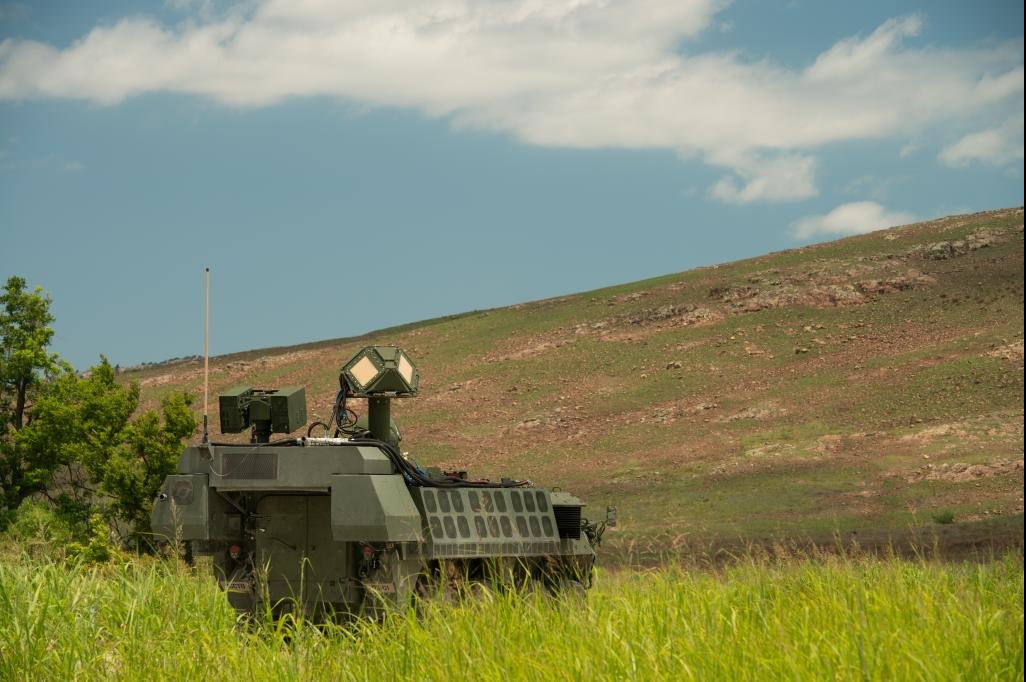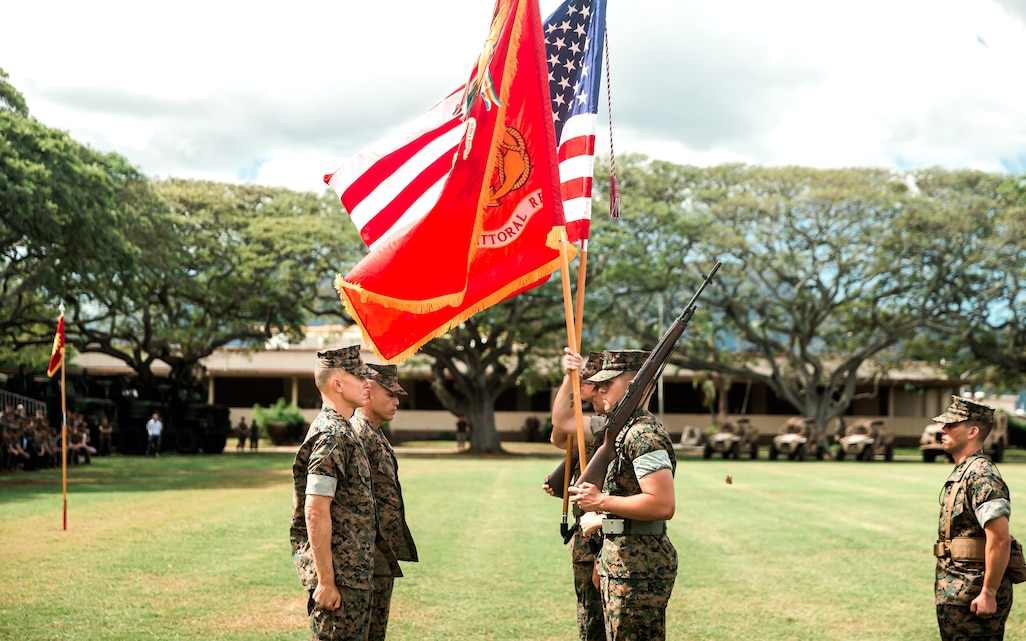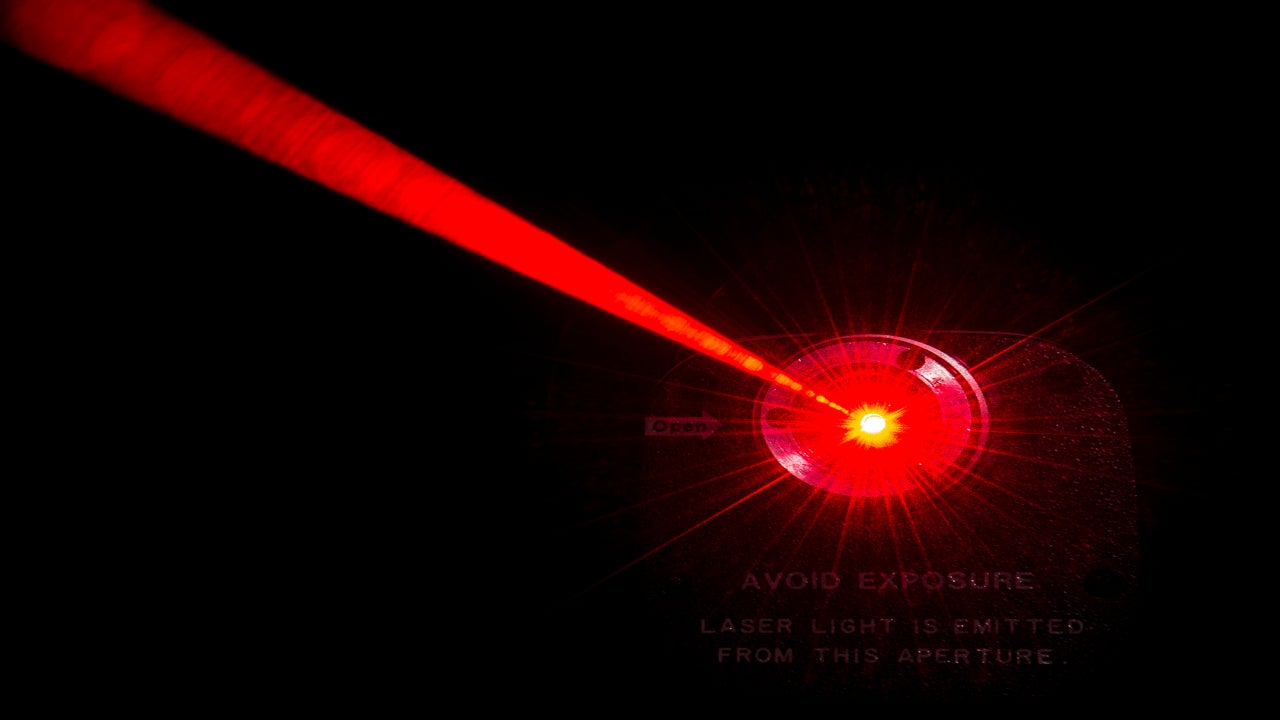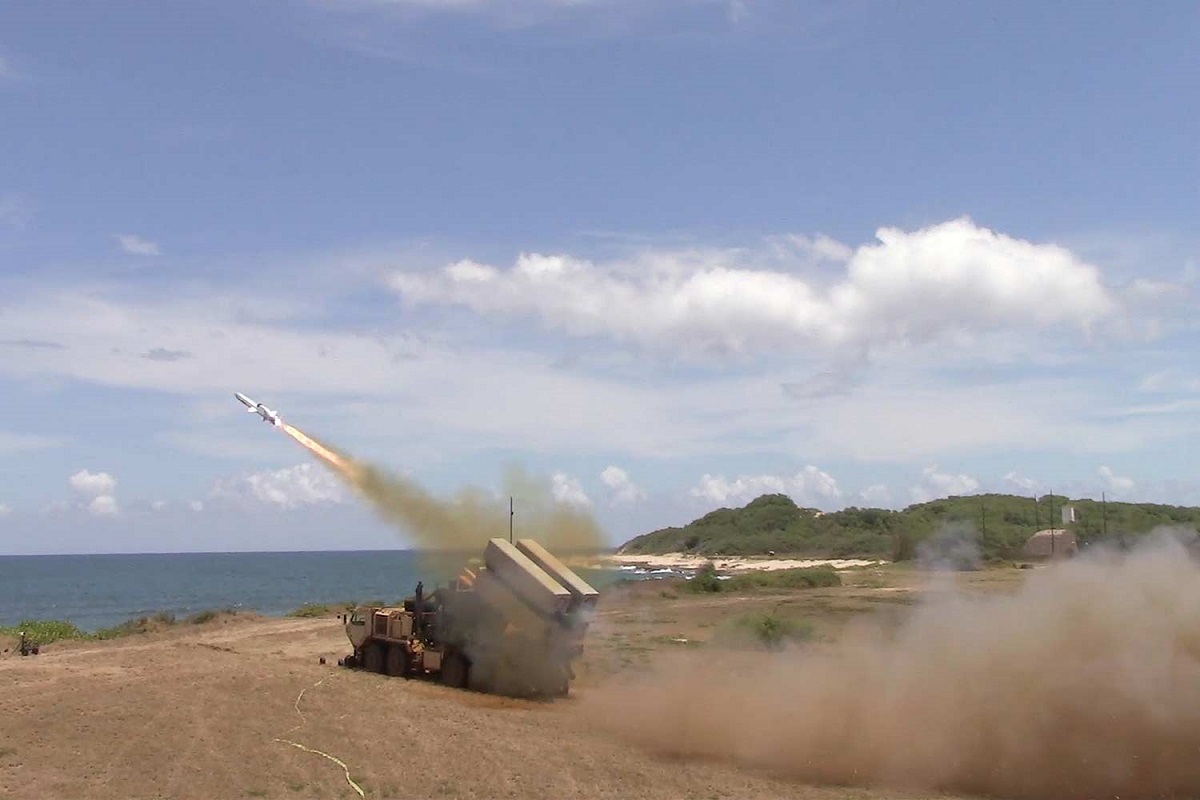GR66
Army.ca Veteran
- Reaction score
- 4,473
- Points
- 1,160
This idea was presented as a "step 1" for implementation for Force 2025. Consolidation of the Divisions may be something for Force 2030 or beyond but to be honest I don't know enough about what they bring to the table administratively to say how they should be dealt with.You're starting to come to the dark side with me. Welcome.
My thoughts (as expressed before)
1) With a total of eight brigades, you can cut the divisions down to two (an eastern one based on 2 Div [with 5, 34, 36 Bdes and the CCSB] and a western one based on 3 Div [with 1, 2, 41, and 32 Bdes]). I would remove the two surplus div headquarters but keep all the div support establishments and reassign them to the two remaining divs as appropriate.
I'm personally of the belief that almost all of the deployments we're likely to face will be similar to the ones we've faced in the post Korea era. Brush wars, counter-insurgencies, "stabilization" operations, etc. I believe these types of operations are well suited to our LAV-based infantry with varying levels of support by armour depending on the intensity of the operations.2) I would reform two of the inf bns and the armoured reg't in 1 Bde into three combined arms battalions and retask the third inf battalion as a cavalry regiment/battalion)
I think that optimizing a significant portion of our forces for a specific type of high-intensity conflict will limit their utility in the most likely of deployment scenarios we are likely to face. At the same time, I'm not sure it gives us much advantage over the existing Brigade Group structure which can generate Battle Groups and Combat Teams in various configurations to face the specific threat types it might end up facing.
That being said, this is only true if the time and effort is put in for the Brigade to actively train in combined arms operations when it is not deployed so that tank-infantry-artillery cooperation is well practiced and understood by all elements when the time comes for a peer conflict.
Same as my comment for point 2 above. My preference would be to have two identically organized Reg Force Brigade Groups. Ideally as we move into Force 2030, you'd equip 12 RBC with three tank squadrons the same as I'm proposing for LdSH. IF we get into a major war vs. Russia (or Iran or North Korea) we will armour. I believe we should expand the capability we have available rather than try to scramble to expand it at the last minute when we realize it is (again) required.3) I would also restructure 12 RBC as a cavalry regiment/battalion (essentially I see cavalry regiments as more robust combined arms organizations capable of much more than reconnaissance)
Again back to point 2. Having three identical LAV infantry Battalions in each of 1 Bde and 5 Bde would allow each of those Brigades to rotate readiness between them to have one infantry Battle Group ready to deploy at a given time. I feel that our LAV Battalions are our most versatile deployment option (with augmentation as required) for the vast majority of our likely missions.4) If one does restructure the third inf battalion in 1 Bde to cavalry, there will a few companies of LAVs surplus to repurpose.
Agreed. I'd lean however to 36 Bde and 37 Bde (instead of 32 Bde) though. Keep the support capabilities co-located and near the most likely coast they will have to deploy from.5) While you are right and can't expect to do much more by 2025, I think one should position for 2030 by earmarking significant numbers in both 36 Bde and 32 Bde to converting them to additional combat support and combat service support capabilities as the total force is too manoeuvre heavy and too light on support. In particular, Ontario has the capability of generating more reservists than anyone else so there is some scope there.
My thought on 2 Bde stems from our inability to recreate in Canada what the US has been able to do with the Army National Guard which is to have fully deployment capable Reserve Brigades. One of the reasons sometimes cited for this is that our Reserve system has difficulty generating the required support trades required to properly support a Reserve Brigade.All that said, I'm not quite sure of what 2 Bde's role is to be in this structure. It strikes me we are creating two types of reserve brigades - 2 Bde with a Reg F HQs and res coys and 32, 34, 36 and 41 with Res F HQs and coys. It looks to me like you are wanting to create a brigade of mostly reservists which has the ability to generate deployable battle groups while the other reserve brigades are essentially hole fillers. I'm not sure if this two tier structure is workable. My expectation is that the Res F units assigned to 2 Bde will generate no more individual volunteers for deployments than any other Res F unit which means any 2 Bde battlegroup deploying will still need to recruit people from elsewhere.
By limiting the Reserve contribution to the Brigade to just the line infantry companies, armoured squadrons and artillery batteries and maintaining the existing Reg Force Brigade infrastructure and supporting elements you are greatly simplifying the Reserve task. Obviously this doesn't resolve any of the legislative issues around mobilization of the Reserves, but it at least provides a foundational structure for future mobilization if/when required.
The maintenance of the core structure of 2 Bde as Reg Force also provides a pool of trained members to be able to augment 1 Bde and 5 Bde during peacetime operations.
The three all-Reserve Brigade Groups (excluding the 36 Bde in the Atlantic - see point 5 above) have been restructured to match the same general structure as the Reg Force/Hybrid Brigades within their Division. The idea is to create the ability to have direct affiliation between Reg Force sub-units and the Reserve Regiments. For example, A Company, 1 PPCLI would be affiliated with the North Saskatchewan Regiment. Class B positions could be made available within the Company to allow N Sask R Reservists to participate in Reg Force exercises, etc. Augmentation requirements for the Company would be prioritized to the N Sask R to fill before being opened up to other units. This system could build up some trust and familiarity between the Reg Force and their affiliated Reserve units so that when deployments (and inevitable augmentation/casualty replacements are required) they system works more seamlessly.
Two issues I do see with my proposed Reserve restructuring are:
1) How should 2 Bde be equipped. A supposedly deployable Brigade is useless without actual equipment to deploy with. I think in an ideal world with unlimited funds you'd want to equip 2 Bde with exactly the same equipment as 1 Bde and 5 Bde (tanks for the Armoured Squadrons, LAVs for the Infantry Companies and whatever gun the Reg Force ends up with for the Artillery Batteries.
In reality though, I can't see the government/CF coming up with the funding to do this. Perhaps then there could be a role for 2 Bde as a Light Brigade as envisioned by Kirkhill and others on here. Vehicle acquisition and maintenance costs would be less and the Army would be gaining a new/different capability beyond what it has now. Some may argue that it doesn't make sense to have your Light capability vested in the Reserves because due to their lightness they are inherently able to more quickly deploy by air than your Medium/Heavy forces. I'd argue that the Canadian situation is slightly different. Firstly, I question whether we have the airlift capability to rapidly deploy and sustain a light force of sufficient size to make a significant military difference in a major conflict. Secondly, I believe that the Canadian Government/population is too risk adverse to deploy Light forces into combat in anything less than a major conflict. Both of these factors make placing a Light capability within the Reserves less of an issue.
2) Are you potentially creating issues by having two different types of Reserve units. 2 Bde focused on being deployable in case of mobilization and the remaining Reserve Brigades being focused on augmentation. Will this create a situation where the Augmentation Brigades are even more starved of support and resources than they are now as limited Reserve resources are focused on 2 Bde? Can this be offset by the closer direct relationships between the Reg Force units and their affiliated Reserve units?
One factor here is that you are reducing the Res bdes from ten to four. Assuming that you are keeping the same RSS staff that means the number of RSS in each "new" Res F "Bde" and "battalion/regiment" will increase by a factor of 2.5. If you add to that the Reg F officers and NCMs being retained within 2 Bde and distribute them across all the Res F bdes and 2 Bde equally you could probably establish a very robust Reg F presence in every reserve unit across the board and create all Res Bdes into viable hybrid units (albeit more like 15-20/85-80 rather than 25-30/75-70)
(And yes D&B - I would put Reg F colonels and other senior Reg F staff into all Res F bde headquarters so that they too can deploy with appropriate augmentation when required and where appropriate. It's not like we have a shortage of Reg F colonels and staff and how much mileage do we really get out of the Res F colonels and BGens we have now?)
Which begs the question - what do we do with Petawawa besides give it all to CANSOFCOM?











